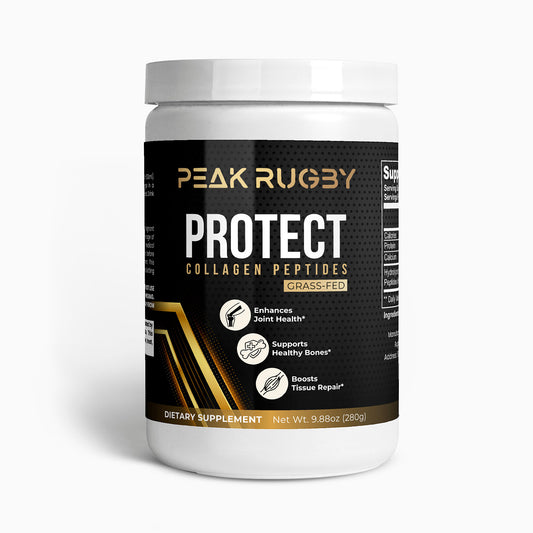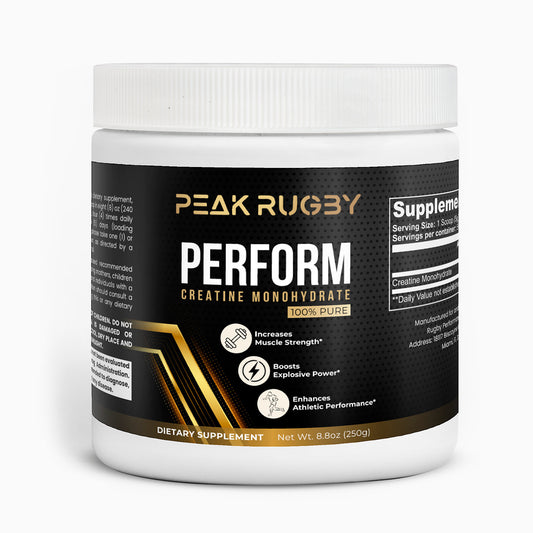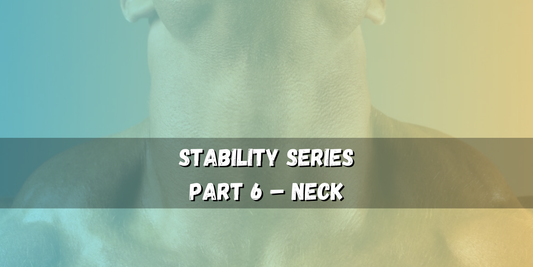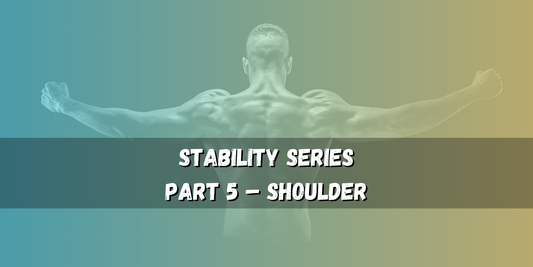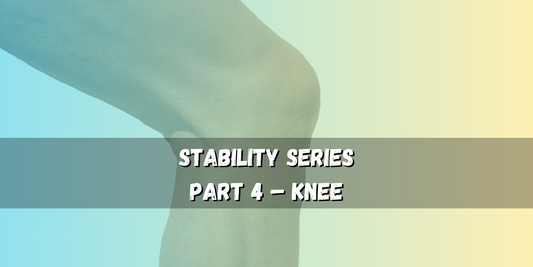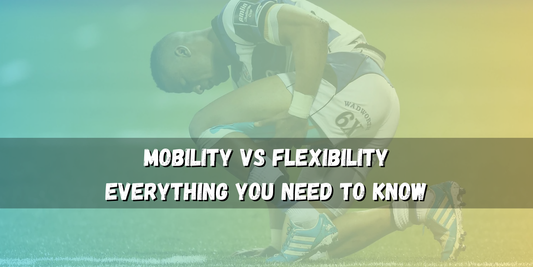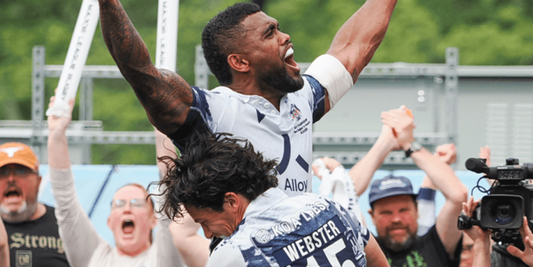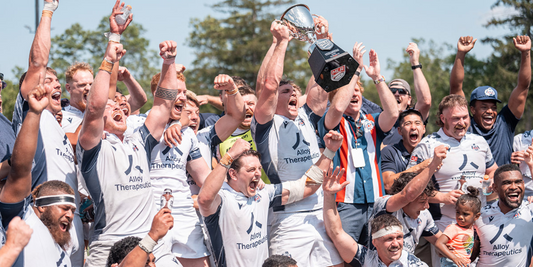Your core is the foundation of every movement you make on the rugby field. Whether you’re sprinting, tackling, jumping, scrummaging, or offloading, your ability to generate and control force starts at the center. But core training isn’t just about crunches or building visible abs—it’s about building functional stability that transfers power, absorbs contact, and protects the spine under pressure.
In Part 1 of our Stability Series, we’re unlocking core stability—an essential yet often misunderstood element in rugby performance, injury prevention, and long-term athletic development.
Check out the rest of the series:
- Part 2: Hip Stability – Power & Alignment
- Part 3: Ankle Stability – Balance & Support
- Part 4: Knee Stability – Control & Protection
- Part 5: Shoulder & Stability – Contact & Strength
- Part 6: Neck Stability – Impact & Safety
Let’s dive in.
WHAT IS CORE STABILITY?
Core Stability is your body’s ability to maintain spinal alignment and trunk control during movement—especially under load or during high-speed actions. It’s what allows you to resist unwanted motion while producing force through the hips, torso, and shoulders.
A strong core:
- Transfers power from your legs to your upper body (and vice versa)
- Maintains posture during scrums, tackles, and rucks
- Helps you resist rotation or collapse during contact
- Protects the spine and hips from injury during high-speed play
There are three major types of core stability every rugby athlete needs:
- Anti-Extension Strength – Resisting over-arching your lower back under load (e.g., sprinting, overhead movements)
- Anti-Rotation Strength – Resisting twisting during unpredictable contact or rapid movement
- Anti-Lateral Flexion Strength – Resisting side-bending under force (e.g., bracing during tackles or lateral cutting)
These forms of stability are not isolated—they’re interdependent and need to be developed together to create a strong, resilient core.
WHY CORE STABILITY MATTERS FOR RUGBY PERFORMANCE
1. Better Force Transfer & Power Output
Your core acts as a conduit between the lower and upper body. Without proper control, energy leaks—and your sprint, pass, or hit loses power.
2. Safer & Stronger Contact Situations
Whether initiating or absorbing contact, your core stabilizes your spine and pelvis to keep you braced, balanced, and upright.
3. Improved Posture & Endurance
Fatigue in the core leads to poor trunk posture, slower reaction times, and greater risk of injury late in games.
4. Reduced Risk of Injury
Low back pain, hip tightness, and knee overload often stem from a weak or uncoordinated core.
THE CHAIN REACTION: HOW POOR CORE STABILITY LEADS TO BREAKDOWN
- Weak Core → Poor Trunk Control → Spinal Stress & Low Back Pain
- Lack of Anti-Rotation Strength → Loss of Balance on Cuts or Offloads
- Poor Posture Under Fatigue → Increased Injury Risk in Tackles
- Compensatory Movement → Overuse in Hips, Shoulders & Knees
You can be strong in the weight room—but if your core can’t stabilize under pressure, it’ll show on the field.
THE CORE STABILITY ROUTINE EVERY RUGBY PLAYER NEEDS
You can improve your core stability in just 10–15 minutes a day. Here’s how we build it at Peak Rugby:
Step 1: Soft Tissue Release & Activation (3–5 Minutes)
- Goal: Loosen tight muscles and activate deep stabilizers
- Focus Areas: Lower back, obliques, diaphragm, hip flexors
- Techniques: Foam rolling, diaphragmatic breathing, and core engagement
Step 2: Mobility & Control Drills (5–7 Minutes)
- Goal: Improve movement awareness and core-limb coordination
- Exercises: Dead Bug, Bird Dog with Reach, Cat-Cow Stretch
Step 3: Strength & Stability (5–8 Minutes)
- Goal: Build anti-extension, anti-rotation, and anti-lateral flexion strength
- Exercises: Side Plank, Paloff Press, Quadruped Walks (forward and lateral), Farmer’s Carry or Sled March
Repeat this sequence 2–3x/week, either as part of your warm-up, cooldown, or standalone core session.
WATCH THE FULL ROUTINE
We’ve recorded the full Core Stability Routine on our YouTube channel to guide you through each step—foam rolling, mobility, activation, and strength work.
Check out the Core Stability Routine on our YouTube Channel:
FINAL THOUGHTS
True core strength isn’t just about aesthetics—it’s about performance and protection. A stable core helps you:
- Move faster
- Hit harder
- Recover better
It makes every part of your game stronger. Start training your core with purpose—not for looks, but for impact.
More Power. More Control. Fewer Injuries.
Need More Help?
Check out our Rugby Workout Plans and Customized Training Programs to build a stronger, more resilient body.
This wraps up Part 1 of our Stability Series: Core Stability. If you found this post helpful, make sure to:
- Like and share this post with fellow rugby players
- Bookmark the blog to stay updated on the next parts of the series
-
Follow Peak Rugby on X, Facebook and subscribe to the YouTube Channel for more rugby-specific training, mobility, and recovery tips.
Stay strong, keep pushing forward, and keep working on your stability!


